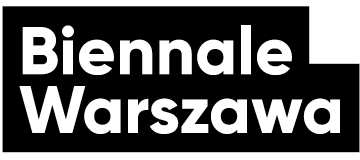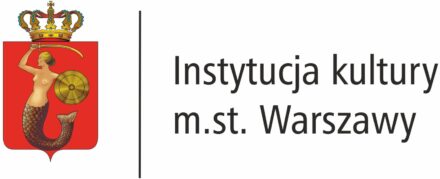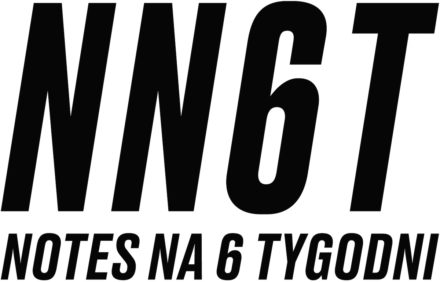Buried Sun
A web doc about energy

It’s everywhere: in our clothing, food, and cosmetics, as well as cars, planes, and boats. In the 19th century, it became the driving force of industrialization. Oil has changed not only the energy economy, but contemporary geopolitics as a whole. It’s a form of capital – one that will determine the future of life on Earth, as affected by the climate crisis.
Can changing the way we mine for oil save our planet from catastrophe? The Buried Sun project concerns how the production and consumption of energy impacts our daily practices, ultimately shaping economics, politics, and culture. This web documentary, prepared for Biennale Warszawa, it is available free of charge at www.buriedsun.biennalewarszawa.pl
The sun seems delicate, even innocent, when its rays fall across your face. Its true power is revealed, however, in the transformation of organic matter. Hundreds of millions of years ago, the sun was “buried” underground in the form of plant debris, which then became oil, gas, and coal. Thanks to this, in the 19th century, the evolution of civilization gained momentum. Energy resources allowed modern countries to develop, and energy policy largely determined the shape of the new world.
Energy sources are a common good and serve as fuel for progress, but at the same time, they have become an arena for intense international disputes and the exploitation of workers. Access to energy impacts social inequalities – today, around one billion people are facing the effects of energy poverty. Our natural resources are becoming depleted, and the exploitation of fossil fuels has polluted the environment and led to a rise in the Earth’s temperatures.
We already know that stopping the progression of our planet’s degradation calls for a revolution in the way we think about energy. In the future scenarios we can imagine in response to the climate crisis, there is only one solution: a transition to renewable energy sources, including water, wind, and solar. But simply replacing mines with wind turbines, and refineries with solar farms, won’t bring the results we need – unless we also reduce our energy consumption.
So what will the energy of the future be like?
As a web documentary, Buried Sun is composed of different elements: text, images, film, and narration. These are enriched with references to materials that allow for deeper knowledge about the various aspects of energy transitions. The website will be made available in both Polish and English and adapted to the needs of people with disabilities.
Information
Curator and Writer: Aleksandra Jach
Concept: Michał Dąbrowski, Aleksandra Jach
Graphic Design and Visuals: Michał Dąbrowski
Website: Łukasz Grochowski
Composer: Monochrom Studio
Voiceover: Beata Bandurska, Jodie Baltazar
Translation: Lauren Dubowski
Editor: Anna Papiernik
Scientific Consultant: Kacper Szulecki
Producer: Marta Michalak
Communications and PR: Agnieszka Tiutiunik
Promotions: Klara Duniec
Organizer: Biennale Warszawa
Instytucja Kultury m.st. Warszawa
In Collaboration with RATS Agency
Special Thanks: Katarzyna Czeczot, Mateusz Janik, Piotr Kokorczak, Krzysztof Skoczylas, Piotr Trzaskowski, Urszula Zajączkowska
| Data | Czas | Tytuł | Miejsce | Wstęp |
|---|---|---|---|---|
|
September 9 2020
, 18:00
Wednesday
|
18:00 |
Can wind turbines and solar panels save us?Zapisy do 7 września 2020
|
Biennale Warszawa 34/50 Marszałkowska Street (MA3450) |
Registration is closed |
|
September 4 2020
, 12:00
Friday
|
12:00 |
Buried SunPremiera dokumentu sieciowego
|
Internet | Free entry |





